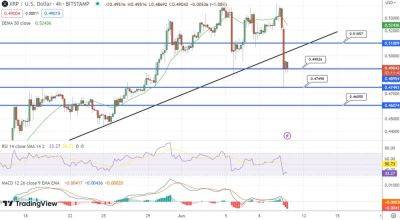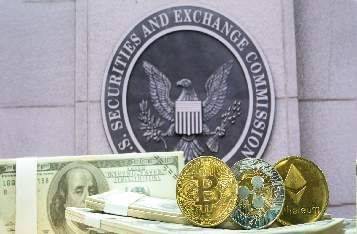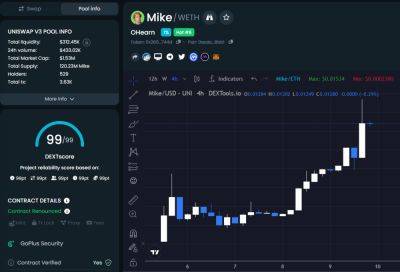Binance Experiences Market Share Decline Post Regulatory Clampdown
Binance has seen its market share shrink by 25% over the last three months amid increased regulatory pressure from US regulators.
The world's largest cryptocurrency exchange accounted for 57.5% of the average monthly volume of all crypto trades in February, but its market share has now dropped to 43%, the Financial Times reported, citing research provider CCData.
The increased regulatory scrutiny in the US as well as the end of a zero-fee trading promotion are deemed as the main reasons behind the decline in Binance's market share.
Earlier this year, New York regulators also halted the issuance of a Binance-branded stablecoin called BUSD that accounted for 40% of the company’s monthly trading volume.
“The end of BUSD issuance has had an impact on the amount of liquidity on the exchange, that compounds the pressure on Binance, knowing their branded stablecoin was in the media and they were forced to abandon it,” said Ilan Solot, co-head of digital assets at London-based financial services group Marex.
In March, the Commodity Futures Trading Commission (CFTC) announced that it is suing Binance and founder Changpeng "CZ" Zhao on allegations that the crypto exchange knowingly offered unregistered crypto derivative products in the US in the transgression of the law.
Following the news, Binance saw a whopping $2.2 billion in outflows.
Meanwhile, the market share of other exchanges, including Huobi, OKX, BitMex, Bybit, and Bullish, has increased since March.
According to data by Kaiko, Huobi has increased its market share by 8% while OKX has gained 4%. South Korean exchanges saw their share increase from below 8% to roughly 14%.
In response to the declining market share, Binance is reportedly planning to reduce its workforce.
Howeve
Read more on cryptonews.com






















